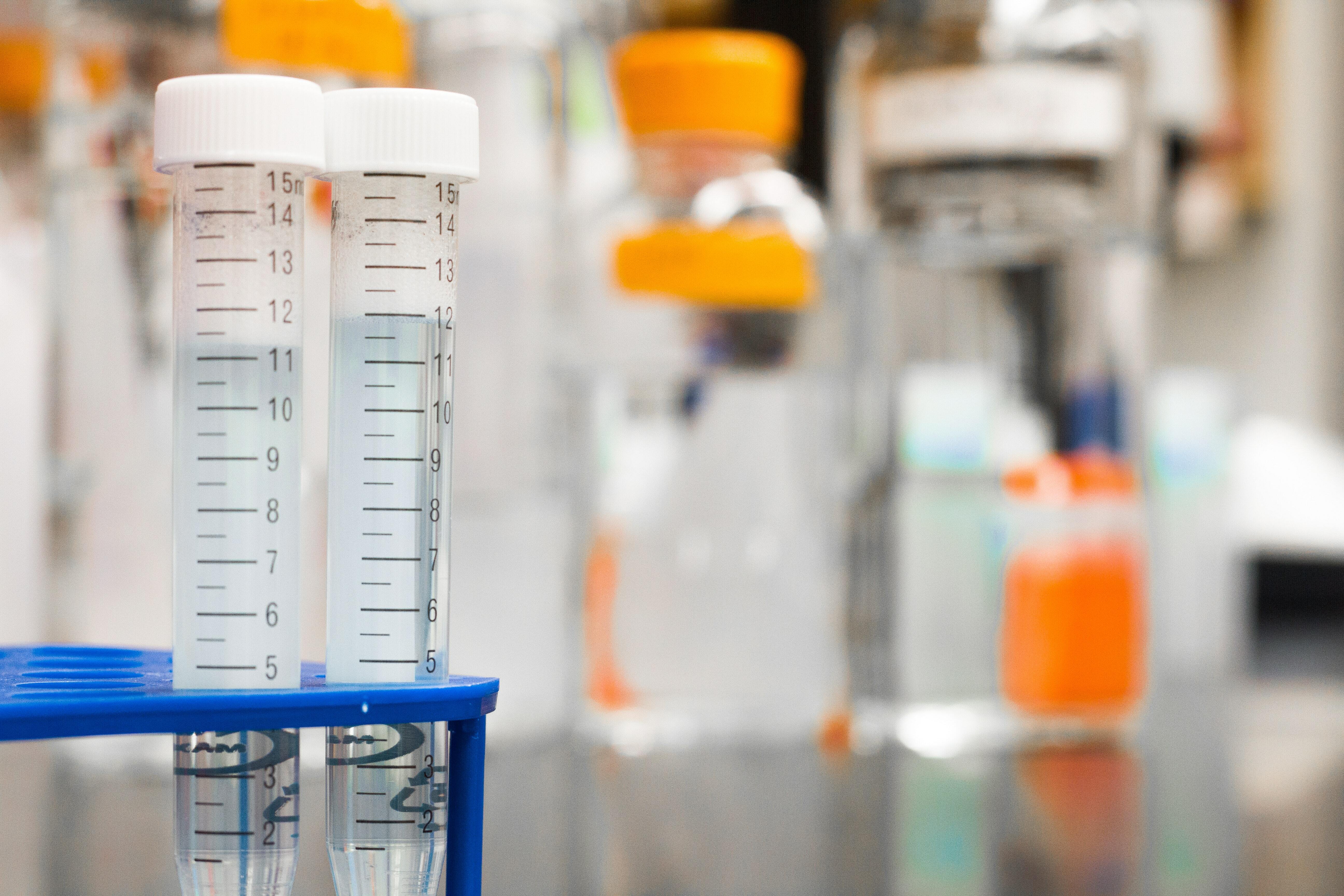
Millions of people have already taken a DNA test. Success stories like finding a birth parent or discovering that you’re related to a president would make anyone consider it.
Though DNA kits have become increasingly popular gift items year after year, direct-to-consumer DNA testing is still a pretty new concept — one that people may not fully understand. Is it accurate? Is it safe? Apprehension about DNA test kits is sure to make some people hesitate. Which is a shame. Because finding out the who, what, and where that makes you you is important.
If you’re still not sure, here’s some more useful information.
How does DNA testing work?
It’s easy: Swipe the inside of your cheek with a cotton swab, send it back, and get your results in a few weeks. What type of results (or the level of detail in those results) depends on the type of testing your kit provides:
Autosomal testing — This is the most basic and most popular means of genetic testing, commonly known as the family finder. Autosomal DNA tests look at 22 pairs of chromosomes not involved in determining a person’s sex. It is used for cousin and distant relative matching as well as mixture percentages, or your ethnic mix, plus common genetic traits, like heritable diseases and hair type.
mtDNA — This testing uses mitochondrial DNA to trace your mother’s lineage. These are the DNA strands passed down from mother to child. There’s very little chance that these could be altered, so your direct maternal line can be traced back quite far.
Y-DNA — This testing focuses on the Y chromosome and traces your father’s lineage. These are the DNA strands passed down from father to son in the paternal line. It’s important to note that only males can use a Y-DNA test directly — but women can usually connect their DNA profile with a father, brother, or other male relative to get these results.
Health screenings and trait analysis — These use your genetic markers to pinpoint potential illnesses or diseases you may be at risk of inheriting, as well as how your risks compare to other people of your age, race, and gender. Traits like hair and eye colour, earlobe type, cilantro aversion, or male hair loss may also be a part of the test, providing insight into the physical and sensory genes that make you unique or genes that you’re likely to pass to your children.
Is it really worth taking a DNA test?
If you tried an at-home DNA kit a few years ago and weren’t satisfied with the vague results, you may get better answers the second time around.
DNA companies are continuously expanding their pools so they have more data to compare: In 2019 alone, 23andMe added 1,000 new regions and 30 new Ancestry Detail reports. AncestryDNA updated its ethnicity estimates with new regions in Europe, the Americas, Oceania, and South Asia and a reference panel of over 40,000 samples.
These expansions lead to more granular reporting, like more precise differentiation between geographic neighbour areas that may have previously been lumped together.
Despite the growth, most at-home DNA tests are still widely euro-centric. The shortcomings when it comes to reference populations for people of colour, results of polygenic risk score tests for non-European people, and employment diversity are slowly being addressed by companies like 23andMe, but there’s still no super reliable kit dedicated to typically non-white populations.
Which DNA test is the most accurate?
It’s hard to say which DNA test is the most accurate. Different DNA companies have different strengths and weaknesses, and discrepancies between results don’t automatically mean one test is skimping. One company may have a massive reference pool from hundreds of thousands of different regions — giving you a better chance of getting a well-rounded report of all possible ancestors — but that broadness could gloss over details.
A competing company may hone in on a specific region and be able to provide a wealth of detail about that region, but customers would need to have a previous inkling about their ancestry to choose such a specific test in the first place.
Do at-home DNA tests protect your privacy?
Some people get freaked out by the idea of a company having access to one of the most sensitive pieces of data that could exist about a person. It’s a valid concern.
It’s crucial to remember that genetics data gathered by mail-in testing kits isn’t classified as official medical health data, which means it isn’t protected by HIPAA regulations. A company’s privacy protocol — what info it collects or keeps, how much control you have, and how to delete data — could be ambiguous, so fully inspect that privacy policy before moving forward with a test. Many permissions operate via opt-in consent, so your returned cotton swab will be taken as “Yes, this is fine.”
Can you get a DNA test for your pet?
Buying a DNA test for your pet is not extra. As our loyal companions, they deserve a better answer than “IDK, just a mix” when someone asks what breed they are.
Just like humans use DNA tests to piece together their family tree, get an ethnicity breakdown, or learn about medical predispositions, pet DNA tests offer information about your pet’s family history, breed mix, and risk of health issues. They’re an especially handy tool for parents of rescued fur babies and super-mixed mutts. Like the human cheek swab process, an at-home pet DNA test is as easy as swabbing the inside of their cheek — if you can get them to cooperate, that is.
Which DNA test is best?
What — or who — are you looking for? The best DNA kit all depends on how you want to anatomise your lineage. Before making any sort of purchase decision, you should carefully consider what your priorities are. This should help you find the kit that works best for you.
To help with this process, we have shortlisted all the best DNA test kits from the brands. There should be something for everyone in this list, even you.
These are the best DNA test kits in 2022.
